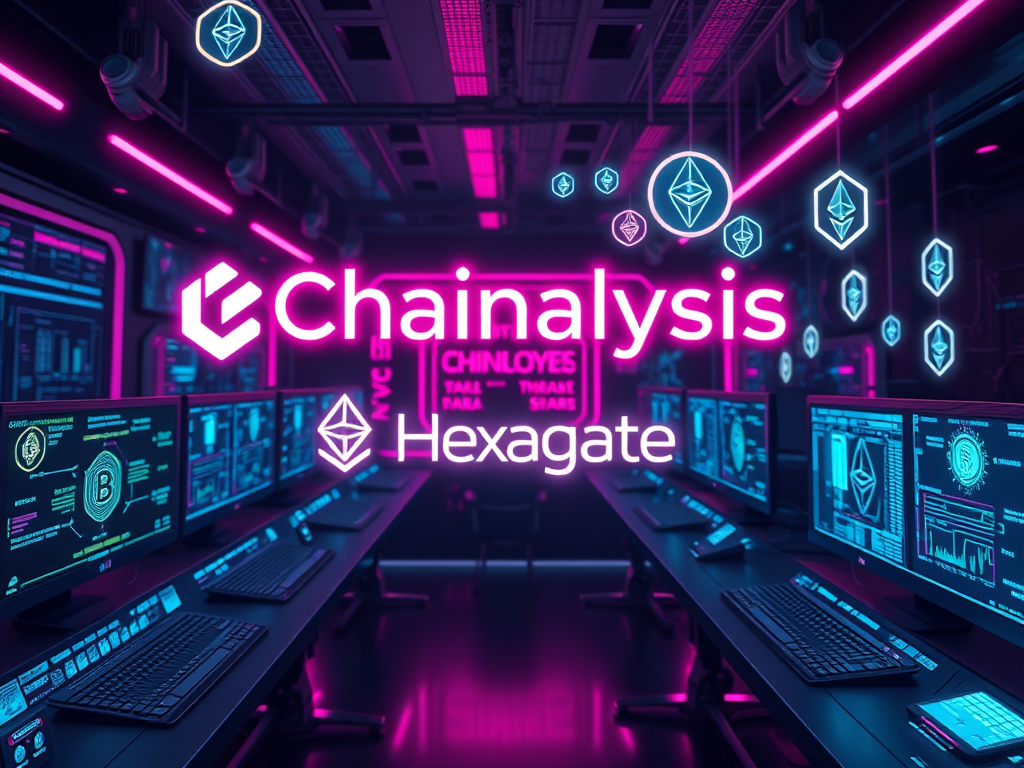Key Points
- Crypto and AI show strong user overlap, with 34% of crypto projects now incorporating AI technology, up from 27% last year.
- Crypto solutions could address AI’s centralization challenges by democratizing access to compute resources and protecting intellectual property rights.
The worlds of cryptocurrency and artificial intelligence are colliding in unexpected and potentially transformative ways, according to a new report from venture capital firm Andreessen Horowitz (a16z). As both sectors continue to evolve rapidly, their intersection could offer solutions to some of AI’s most pressing challenges.
Surprising Synergies Between Crypto and AI Users
The report reveals a significant overlap between cryptocurrency enthusiasts and AI adopters. Social media analysis shows that AI is one of the most discussed topics among crypto influencers. Perhaps more tellingly, there’s a substantial crossover between visitors to ChatGPT’s website and popular crypto platforms, indicating a strong connection between these two seemingly disparate tech communities.
This synergy extends beyond mere interest. The a16z report notes that 34% of crypto projects now incorporate AI technology, regardless of their primary focus area. This marks a notable increase from 27% just a year ago, with blockchain infrastructure projects leading the charge in AI adoption.
Addressing AI’s Centralization Problem with Blockchain Solutions
As AI capabilities advance, the resources required to train cutting-edge models have skyrocketed. The report highlights that the cost of training frontier AI models has increased fourfold annually over the past decade. This trend raises concerns about the centralization of AI power, potentially limiting access to only the largest tech companies with vast resources.
Here, cryptocurrency and blockchain technology offer a compelling counterpoint. The decentralized nature of crypto networks could provide solutions to AI’s centralization challenges. Several crypto projects are already tackling these issues:
- Gensyn aims to democratize access to AI compute resources.
- Story focuses on tracking intellectual property to ensure fair compensation for creators.
- Near is developing AI systems that run on open-source, user-owned protocols.
- Starling Labs is working on verifying the authenticity and provenance of digital media.
The Future of Crypto and AI Integration
As both the crypto and AI sectors continue to evolve, their interdependence is likely to grow. The a16z report suggests that the crossovers between these technologies may strengthen in the coming years, potentially reshaping the digital landscape.
By leveraging blockchain’s decentralized architecture and crypto’s innovative approaches to resource allocation and ownership, the AI industry could find new ways to distribute computational power, protect intellectual property, and ensure the ethical development of artificial intelligence.
As these two transformative technologies continue to converge, they may well create a new paradigm for the future of computing – one that is more open, equitable, and resistant to centralization. The crypto world’s solutions to AI’s challenges could prove to be a critical factor in shaping the next generation of digital innovation.















